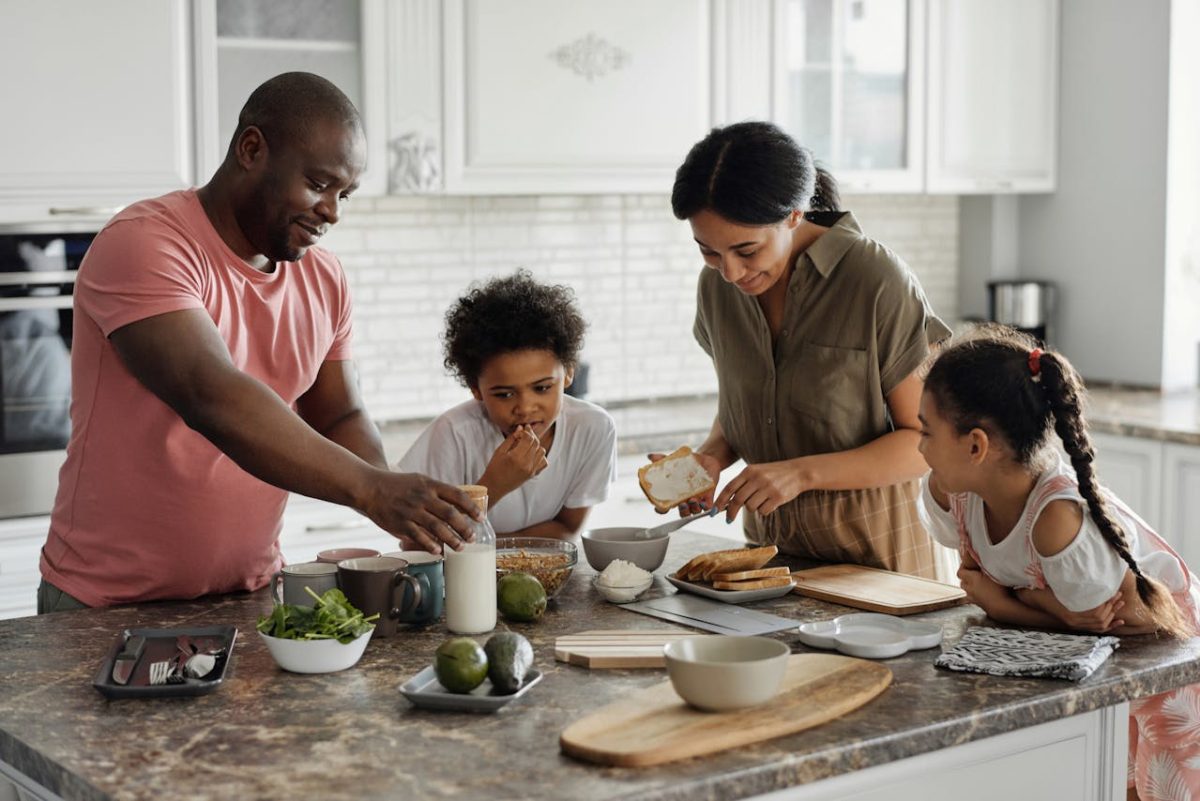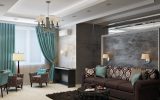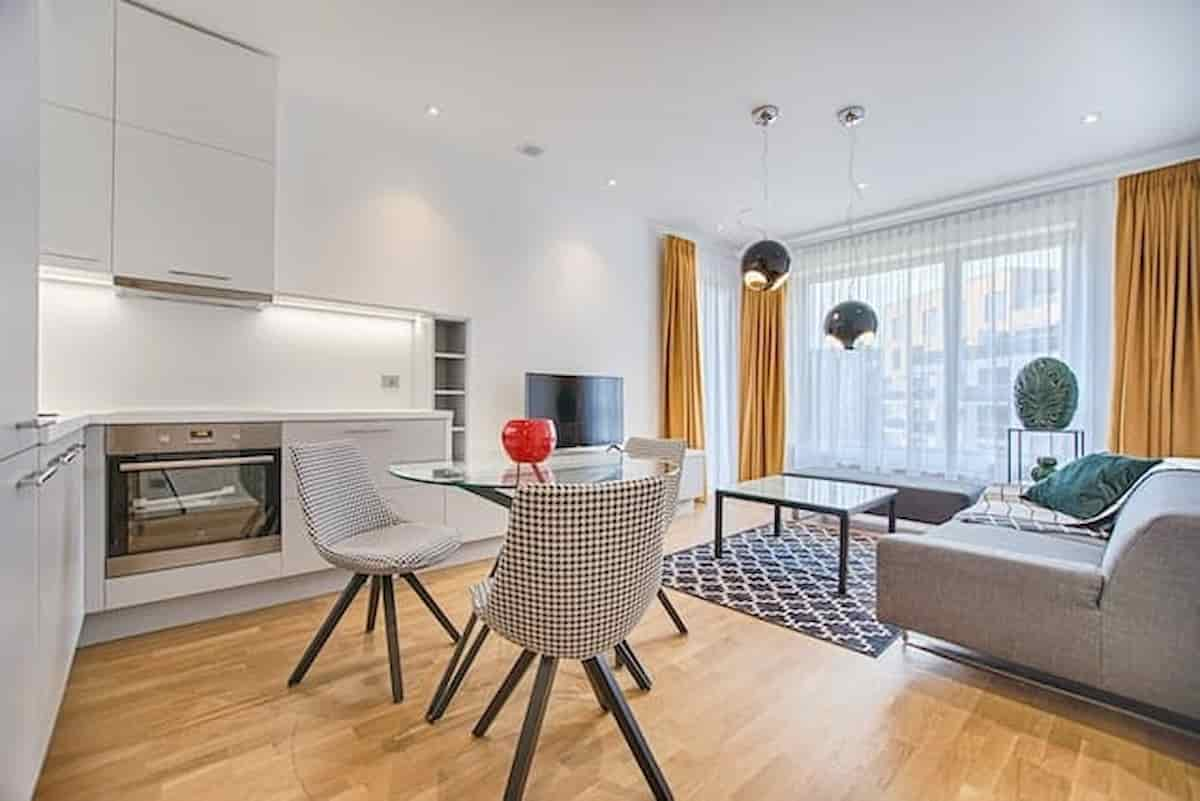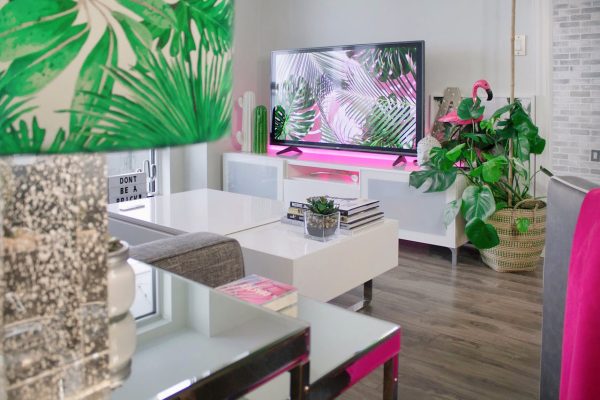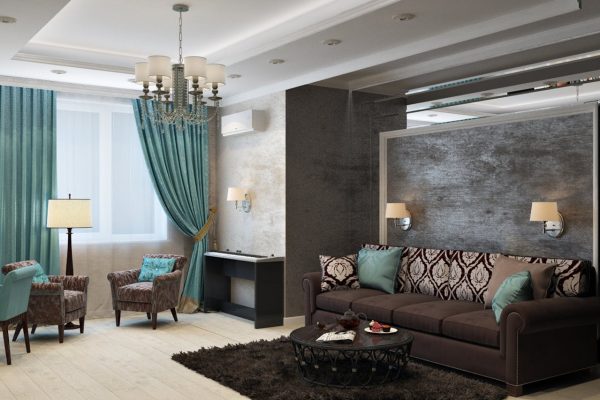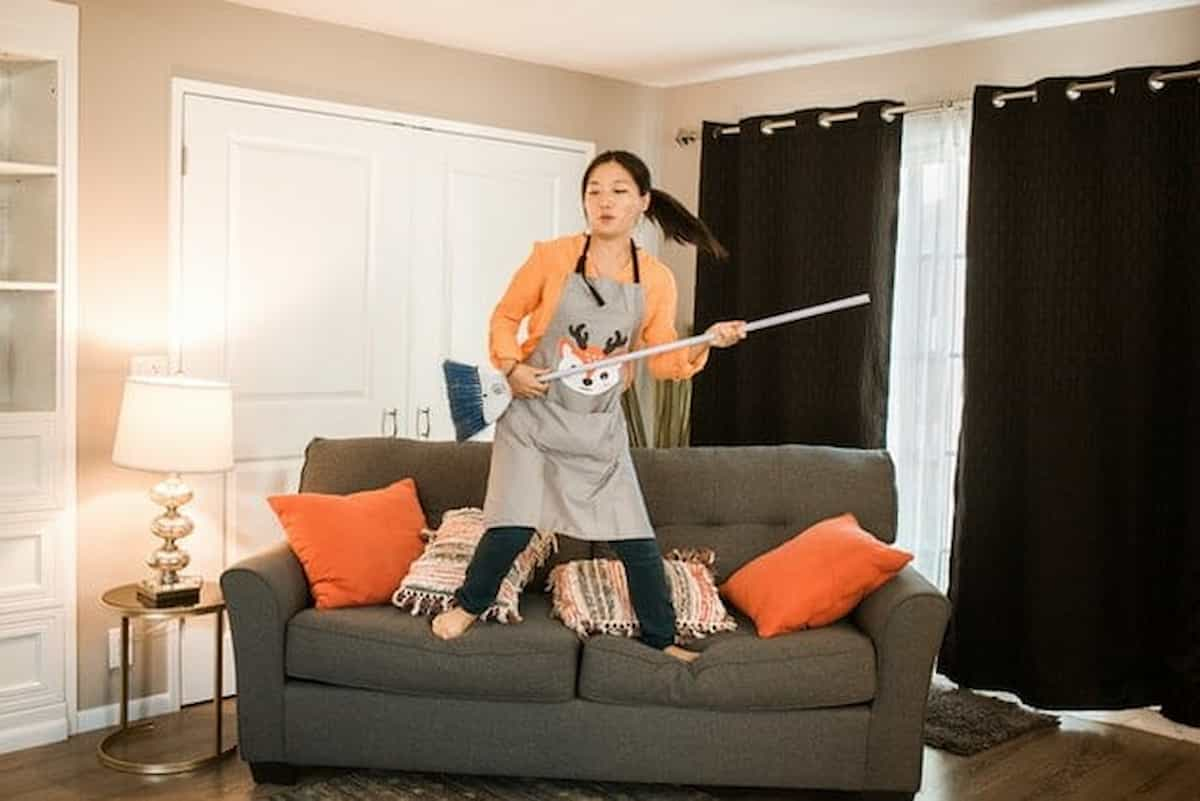The kitchen is the place where we spend several hours of the day. Apart from the daily meal, this space can also function as a secondary daily space, depending, of course, on its position in the layout of the residence, its size, etc.
As the meal is a sacred moment for the family, our opinion is that the kitchen space should be able, with the appropriate design, to offer the required comfort so that the family not only dines but also stays for a moment of gathering, discussion, socializing with the rest of the family, or even be the play area where the children will participate in the preparation of the food, setting the table, etc. The kitchen area functions as something more than the simple biological need for food, and it plays quite an important role in our daily lives.
This function is obviously best covered by a spacious kitchen, possibly with a dining area and living room, but with the right design, even the smallest spaces can be the center of the family gathering.
This is where the concepts of functionality and rational design come into play. It is important not to clog the space with many uses, but to manage through smart solutions and correct placement so that all the desired functions can be adequately satisfied.
Aesthetics is the next stage. After the functional solution of the space is found, it is combined with the aesthetic solution of the shapes and surfaces.
There is no need to make special reference to the necessity of good aesthetics in our kitchen space, whether it is an open or closed kitchen; a well-designed space with materials of our liking will make our stay more pleasant and will also satisfy our legitimate need for “self-promotion” to our visitors.
Some thoughts from us on designing a kitchen:
1. Ergonomic design
Combination of closed and open cabinets and shelves. Placing electrical appliances at the correct height.
Although the floor plan of the space is often quite restrictive in terms of the space that can be occupied by counters and cabinets, careful planning with an emphasis on details is crucial for optimal use of the space. Important is the detailed recording of the special needs of a family, with the aim of tailoring the design to the specific daily habits of the user.
There are clearly common characteristics and rules regarding the general functioning of the kitchen area, but depending on whether it is intended for a country house or main residence, how many people the family consists of, what the functional needs of the family are, how its daily life is shaped, etc. are factors that influence the design.
After gathering all this information and properly mapping the space, the design begins.
2. The Cook’s Triangle
The main points of standing and operation in the kitchen, which make up the so-called cook’s triangle, are the stove, sink, and refrigerator. Of primary importance in the proper functioning of the kitchen is the correct functioning of the triangle, the correct distances between the three elements (which should be neither large nor small), and the effort to place the sink, usually in the center.
For a kitchen whose main function is food preparation, the right design will help the housewife to move easily, avoid unnecessary trips, provide her with sufficient space to work and help save time and energy.
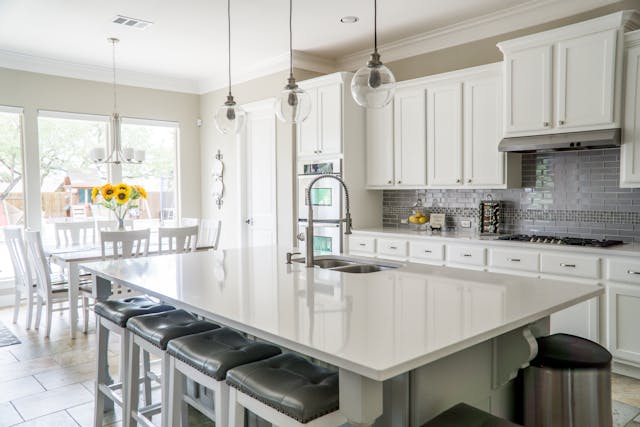
3. Dining area: table or pass
Another important parameter in kitchen design is ensuring sufficient space for the family meal. Pass planning is often suggested, along the lines of a quick meal, but this depends on the family’s or user’s daily schedule. The pass would be our suggestion more for a couple without children, for some residence aimed at bachelors, or for a country house, more i.e. for cases where dining is not often held at home, but occasionally, and more likely with guests, so the meal will be served in the dining room.
For a family with children or possibly older people, the pass is not a suitable solution and solutions with a dining table are preferable. Although the space is often not enough to ensure the dining area, the right design can find solutions even in difficult cases.
3. Lighting
Both natural and artificial lighting are very important for the kitchen area. As this is the space where the housewife (and the rest of the family) will spend several hours of the day, it should be a pleasant and bright space. The small windows with high aprons, which were a practice of the past, have now been replaced with large openings with a low apron even at the height of the workbench, or full-length openings, which give more flexibility to the design of the space, as a result of which the sink has the possibility to move away from the specific position (under the opening) and to be in a more free way in the space, e.g. even in the position of the island.
In cases where there are specific spatial data, such as a window, which can hardly be modified, the first choice is to place the sink under it, weighing, of course, also the parameters of the general function of the space.
Artificial lighting is just as important as natural lighting, as the kitchen needs sufficient lighting and even better, a combination with hidden lighting can highlight the design and elevate the aesthetics of the space.
4. Kitchen design simplification
The next step after finding the optimal ergonomic solution that covers the issues of operation and lighting, is the design of the cabinets themselves, i.e. what space they will occupy, at what height they will be placed and what form they will take. At this point, the user’s personal taste comes into play, which, combined with the right advice of the designer, completes the desired result.
In general, we think that the simplest design forms are the best choice, as they free up space, especially in a space like the kitchen, which is usually equipped with accessories. They also contribute to a better saving of space, as gaps, shelves, etc. are essentially space that is lost by closed cupboards.
Of course, on occasion, the combination of closed and open cabinets can become very interesting, but also functional. In smaller spaces, we consider simple design forms to be almost mandatory.
5. Colors and textures
The colors, the qualities of the materials and their textures are clearly influenced by the personal taste of each user. For our part, we advise the following:
- In open kitchens, it is good to have a reference to the materials of the rest of the space (e.g. living room or dining room)
- To choose good quality materials with time resistance as the use of the kitchen is quite “heavy” and it is an investment that we will not soon decide to repeat
- In low cabinets, embossed textures are preferable, especially if there are children (a scratch will be less visible in the embossed texture)
- The colors should be harmonious, with special attention to the material and color of the counter and the sink, so that they tie with the whole
Extra tip:
We don’t necessarily have to spend a lot of money to have a beautiful kitchen. A good carpenter, combined with a design from an expert, can satisfy our needs and aesthetics without having to spend a fortune!
